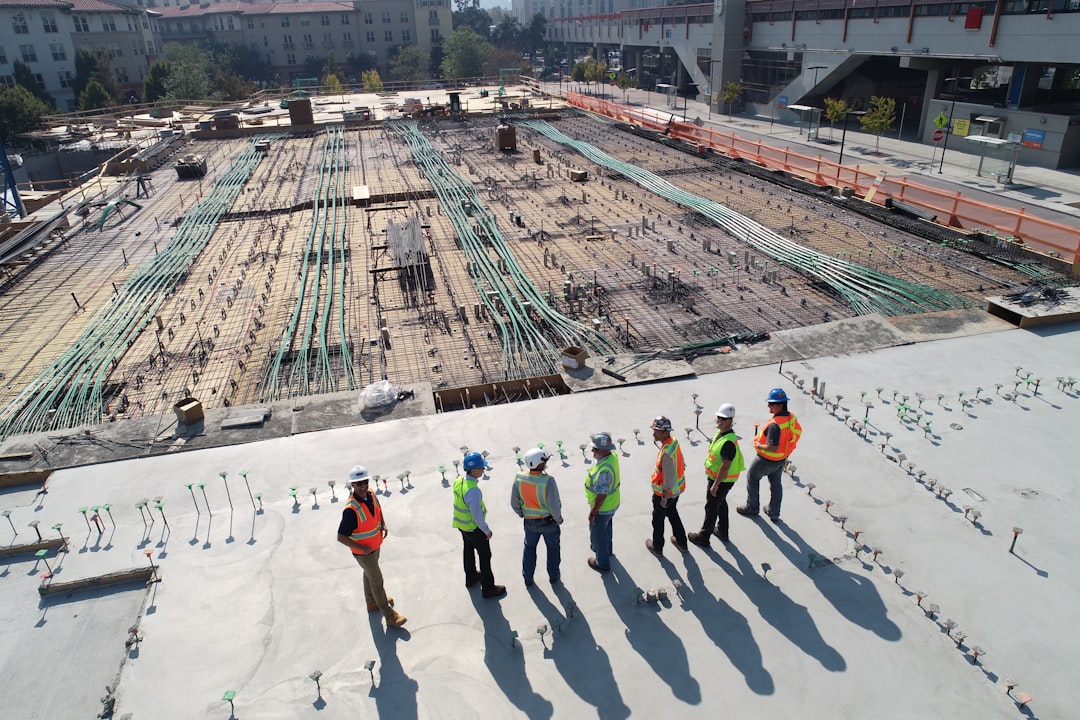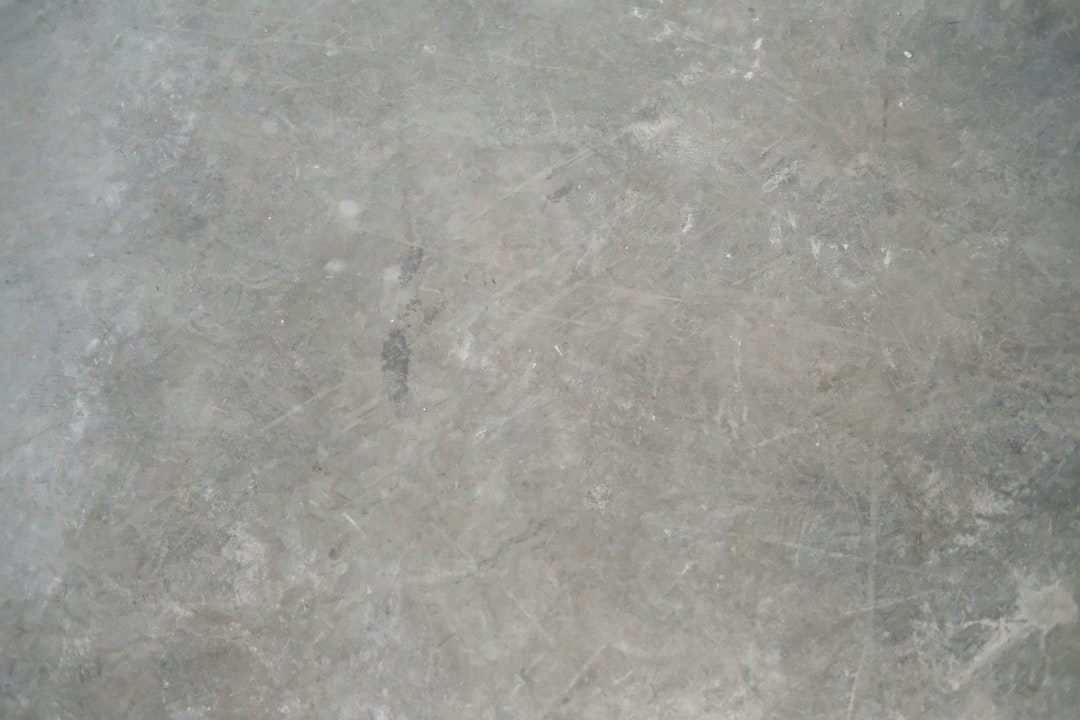Liquid membrane roofing is gaining popularity as a modern and efficient solution for protecting buildings from the elements. This innovative roofing system involves applying a liquid coating that cures to form a seamless, durable membrane. It offers several advantages over traditional roofing materials, such as ease of application, flexibility, and excellent waterproofing capabilities.
The process of installing liquid membrane roofing is relatively straightforward. First, the surface is cleaned and prepared to ensure maximum adhesion. The liquid membrane is then evenly applied using a roller, brush, or spray equipment. Once the coating cures, it forms a flexible membrane that can withstand various weather conditions. This type of roofing is particularly beneficial for flat or low-slope roofs, where water tends to pool and cause damage over time.
One of the key benefits of liquid membrane roofing is its ability to create a seamless barrier. Traditional roofing systems often have seams and joints where water can seep through, leading to leaks and damage. In contrast, the liquid membrane forms a continuous surface, significantly reducing the risk of water infiltration. This characteristic makes it an ideal choice for areas with heavy rainfall or snow.
Another advantage of liquid membrane roofing is its adaptability. It can be applied to a variety of surfaces, including concrete, metal, and wood. This versatility means it can be used in both new construction and roof repair projects. Additionally, the liquid membrane’s flexibility allows it to expand and contract with temperature changes, preventing cracks and other damage that can occur with rigid roofing materials.
Energy efficiency is another consideration when choosing a roofing system. Liquid membrane roofing can be formulated to reflect sunlight, reducing the heat absorbed by the building and lowering energy costs. This energy-saving feature can contribute to a more sustainable and environmentally friendly building design.
For those interested in exploring the potential of liquid membrane roofing, it’s essential to understand the different types available. Some formulations are designed for specific applications, such as high-traffic areas or roofs that require extra UV protection. Consulting with a professional can help determine the best option for a particular project.
Moreover, maintenance of liquid membrane roofing is relatively simple. Regular inspections and cleaning can help maintain the roof’s integrity and prolong its lifespan. Any damage or wear can often be easily repaired by reapplying the liquid membrane to the affected area.
To discover more about the benefits and applications of liquid membrane roofing, you can explore resources like liquid membrane roofing on industry websites. These resources provide detailed information on the products available and guidance on installation and maintenance.
In conclusion, liquid membrane roofing offers a modern solution for both residential and commercial buildings. Its ease of application, durability, and energy efficiency make it an attractive option for many property owners. As technology continues to advance, liquid membrane roofing is likely to become even more prevalent. For further insights into this innovative roofing solution, consider visiting this website for expert advice and detailed product information.








